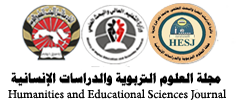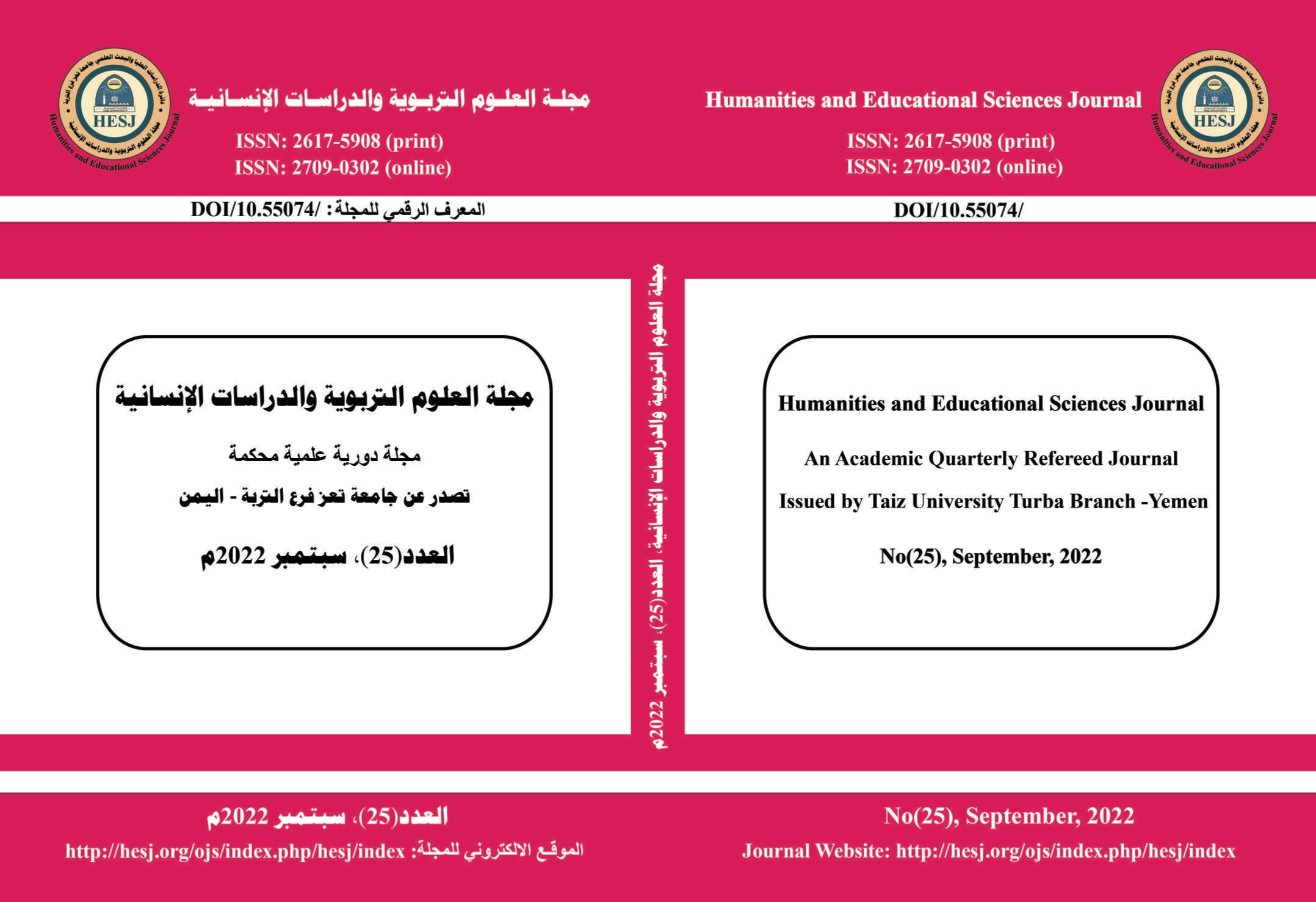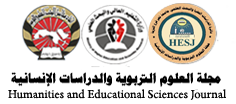The Role of Electronic-Supervision in Achieving the Quality of the Performance of Educational Supervisors in Mahayil Aseer Education Administration Office
Keywords:
Electronic Supervision, School Quality Performance, Educational SupervisionAbstract
This study investigates the application of electronic supervision by the educational supervisors, identifying the role of electronic supervision in assessing the performance quality of educational supervisors, and identifying the challenges that face the application of electronic supervision by the educational supervisors. In addition, it explores the statistical differences between the means of the participants' responses in studying the Mahayil Asir Education Administration. Moreover, it provides suggestions to improving the role of electronic supervision in assessing the performance quality of education supervisors. The sample of the study consists of (287) supervisors and teachers – (25) supervisors and (262) teachers. The researcher has used the descriptive approach as it fits the nature and the goals of the research. The questionnaire has been used to collect data. The study has found that sentence No. (7) which states that “Electronic supervision saves time, money, and effort” ranks the first with a mean value of (2.08), indicating that electronic supervision saves time, money and effort to a large extent. The sentence No. (4) which states “Electronic supervision builds human relationships between teachers and supervisors” ranks the last with a mean value of (2.30). Sentence (18) which states “Retains basic data about the school and teachers”, ranks first with a mean value of (2.68), indicating that electronic supervision preserves teachers’ data to a very large extent. Sentence No. (15) which states that “formulate the educational goals electronically” ranks last with a mean value of (2.53). Sentence No. (20) which states that “Electronic supervision allows the teacher to actively interact with his supervisor” ranks first with a mean value of (2.67) suggesting that electronic supervision provides a good environment for the active interaction of the teacher with his supervisors to a large extent. Sentence No. (23) which states that “It depends on graphics, sound and images” ranks last with a mean of (2.12) indicating that the electronic supervision depends on graphics, sound and images but not to a high degree. Finally, it is found that there is a lack of statistically significant differences between the average response scores of teachers and supervisors which could be attributed to factors such as current job, education qualification, years of experience.






